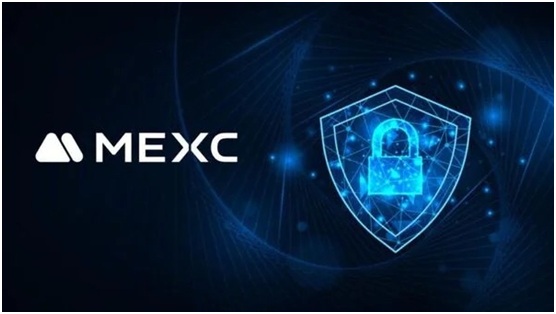In a landmark event, President Donald Trump hosted the first-ever White House Crypto Summit, unveiling plans for a Strategic Bitcoin Reserve. This initiative aims to position the U.S. as a leader in the cryptocurrency space, leveraging seized assets to create a government-backed reserve without costing taxpayers.
Key Takeaways
- Strategic Bitcoin Reserve: Established using bitcoin seized by the government, ensuring no taxpayer costs.
- Digital Asset Stockpile: A separate reserve for other cryptocurrencies, also funded through forfeiture.
- Industry Support: Major crypto leaders attended, advocating for regulatory clarity and support for digital assets.
- Future Prospects: The summit signals a potential shift in U.S. policy towards embracing cryptocurrencies.
Overview of the Strategic Bitcoin Reserve
President Trump signed an executive order to create a Strategic Bitcoin Reserve, which will be funded by approximately 200,000 bitcoins already held by the government due to criminal forfeiture. This reserve is intended to serve as a store of value, akin to a digital Fort Knox, and will not involve new purchases of bitcoin initially.
David Sacks, the appointed crypto czar, emphasized that this initiative is a significant step in recognizing bitcoin as a legitimate reserve asset for the U.S. government. The executive order also opens the door for future acquisitions of bitcoin, provided they do not impose additional costs on taxpayers.
The Role of the Crypto Industry
The summit attracted key figures from the cryptocurrency sector, including CEOs from major exchanges and blockchain companies. Their presence underscored the importance of collaboration between the government and the crypto industry to foster innovation and regulatory clarity.
- Brian Armstrong (Coinbase): Advocated for new legislation to support the crypto market.
- Michael Saylor (Strategy): Highlighted the need for integrating bitcoin into U.S. financial systems.
- Vlad Tenev (Robinhood): Pushed for tokenization of assets to democratize investment opportunities.
Regulatory Challenges Ahead
While the establishment of a Strategic Bitcoin Reserve is a positive development, industry leaders are calling for comprehensive regulatory frameworks to ensure the growth and stability of the cryptocurrency market. Key areas of focus include:
- Stablecoin Regulation: Establishing clear guidelines for stablecoins to protect investors.
- Market Structure Reforms: Creating a more transparent and accessible market for all investors.
- Tax Implications: Addressing the tax treatment of cryptocurrencies to encourage broader adoption.
Future Implications for the U.S. Economy
The summit marks a pivotal moment for the U.S. as it seeks to position itself as a global leader in the cryptocurrency space. By leveraging its existing bitcoin holdings, the government aims to benefit from the potential growth of digital assets while minimizing risks to taxpayers.
However, the success of this initiative will depend on the government’s ability to navigate the complexities of the crypto landscape, including energy consumption concerns associated with bitcoin mining and the need for sustainable practices.
As the U.S. embarks on this new digital frontier, the collaboration between policymakers and industry leaders will be crucial in shaping a future where cryptocurrencies can thrive alongside traditional financial systems.
Sources
- Trump signs order to establish strategic bitcoin reserve, Reuters.
- Texas Senate passes bill that would establish state crypto reserve, KERA News.
- Trump’s creates ‘Strategic Bitcoin Reserve’ ahead of a White House crypto summit, Fox Business.
- Trump’s first Crypto Summit has attendees ready to push for regulation, CNBC.
- Trump’s Crypto Summit: Energy must be at the center of White House meeting, Fox Business.














